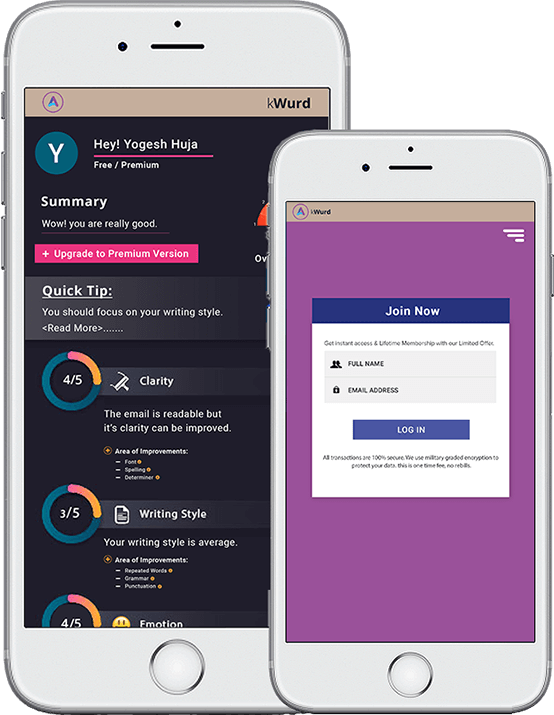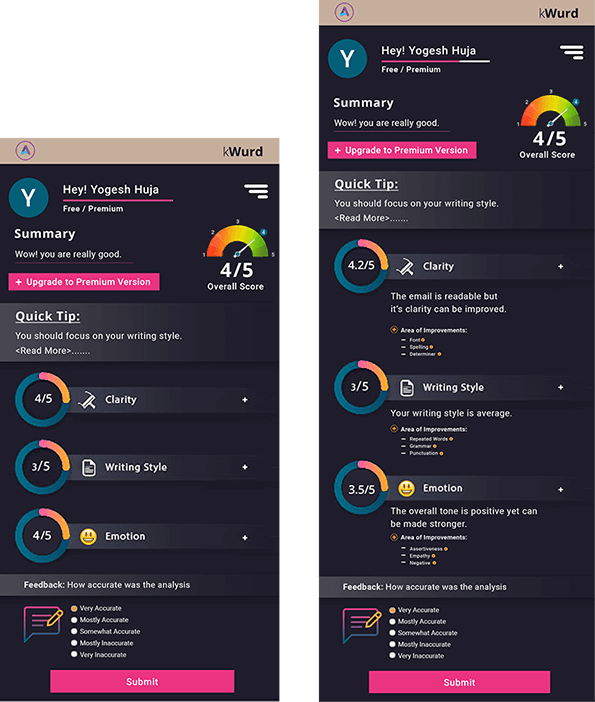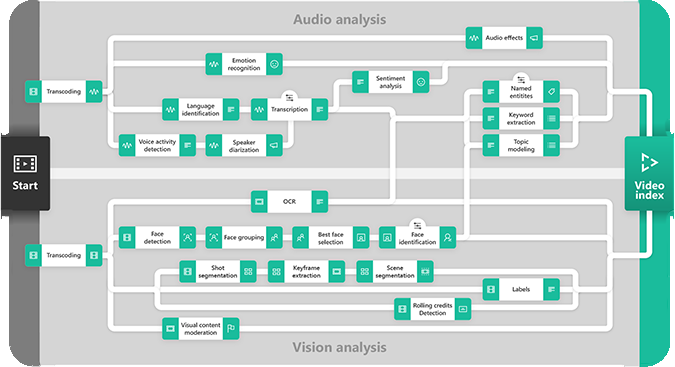“Swaran Soft” is the leading Blockchain Solution providers developing enterprise-level applications and offering blockchain consultancy.
The 21st century has evolved many technologies, and blockchain technology is one of the recent technologies to be introduced. The revolutionary technology impacts different industries. The concept of blockchain began with bitcoins - the cryptocurrency. So blockchain is just the digital information stored in public ledger. For a better understanding, the “Blocks” on the blockchain are made up of digital pieces of information, and the “chain” refers to the interconnection between that information. Since security has been considerable concern with the data analysis, blockchain development services assured that every transaction on a blockchain is secured, which happens with a digital signature that proves its legitimacy. As a result of the use of encryption and digital signatures for security, the data stored on the blockchain is tamper-proof, which remains unchanged.

Whether you work for a company or for yourself or are a student, email is an integral mode of communication and will play a major role in your success.
kWurd enabled by Artificial Intelligence can analyze your email before it is sent to give you personalized and contextual feedback. It works with Gmail and Outlook.
Getting your email writing skills correct can improve your productivity, relationships and business results.

Analyze
Create your profile on Crystal and view your friends and coworkers for free.

KWurd Engine
Use our Chrome Extension to view anyone’s personality.

Overall Score
Get personalized, situation-specific advice to
A well written email includes three parts: Clarity, Writing Style and Emotion.
Clarity
Means the email is highly readable, crisp, visually appealing, well- structured and has a clear purpose.
Writing Style
Means you followed the correct writing etiquettes. Do you have the right opening and closing? Are there no casual or informal words? All words are spelled correctly and have the right grammar. Is your email sounding like an amateur or a professional?
Emotion
Means the feeling the reader gets while reading your email. You could write a very clear and expert email but if the reader feels it is tentative, aggressive, negative, unsure, etc. it hurts your relationship and image with that person.


Automatically extract metadata—such as spoken words, written text, faces, speakers, celebrities, emotions, topics, brands and scenes from video and audio files. Access the data within your application or infrastructure, make it more discoverable, and use it to create new over-the-top (OTT) experiences and monetisation opportunities.
The following list shows the insights you can retrieve from your videos using Video Indexer video and audio models:
When indexing by one channel, partial result for those models will be available.